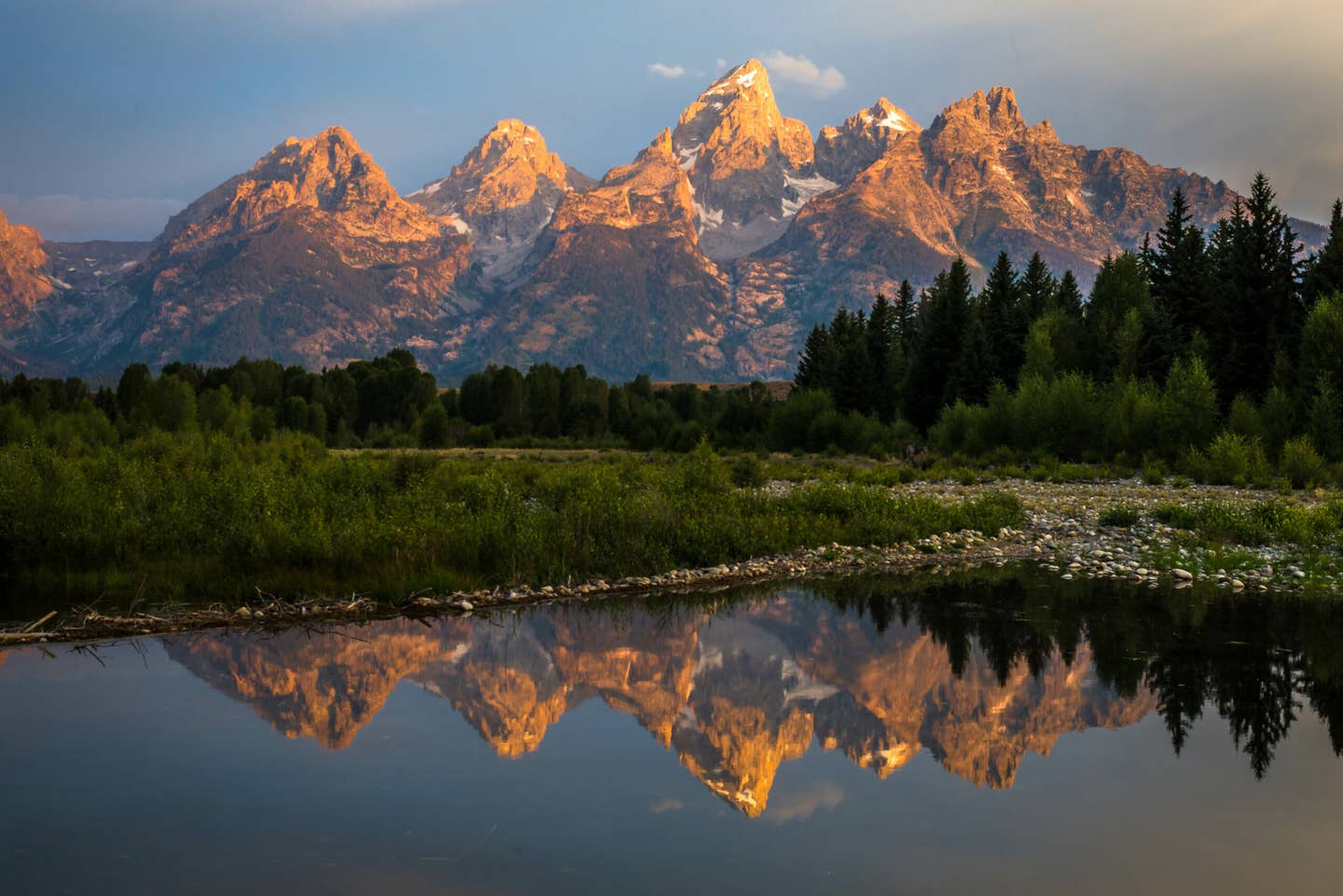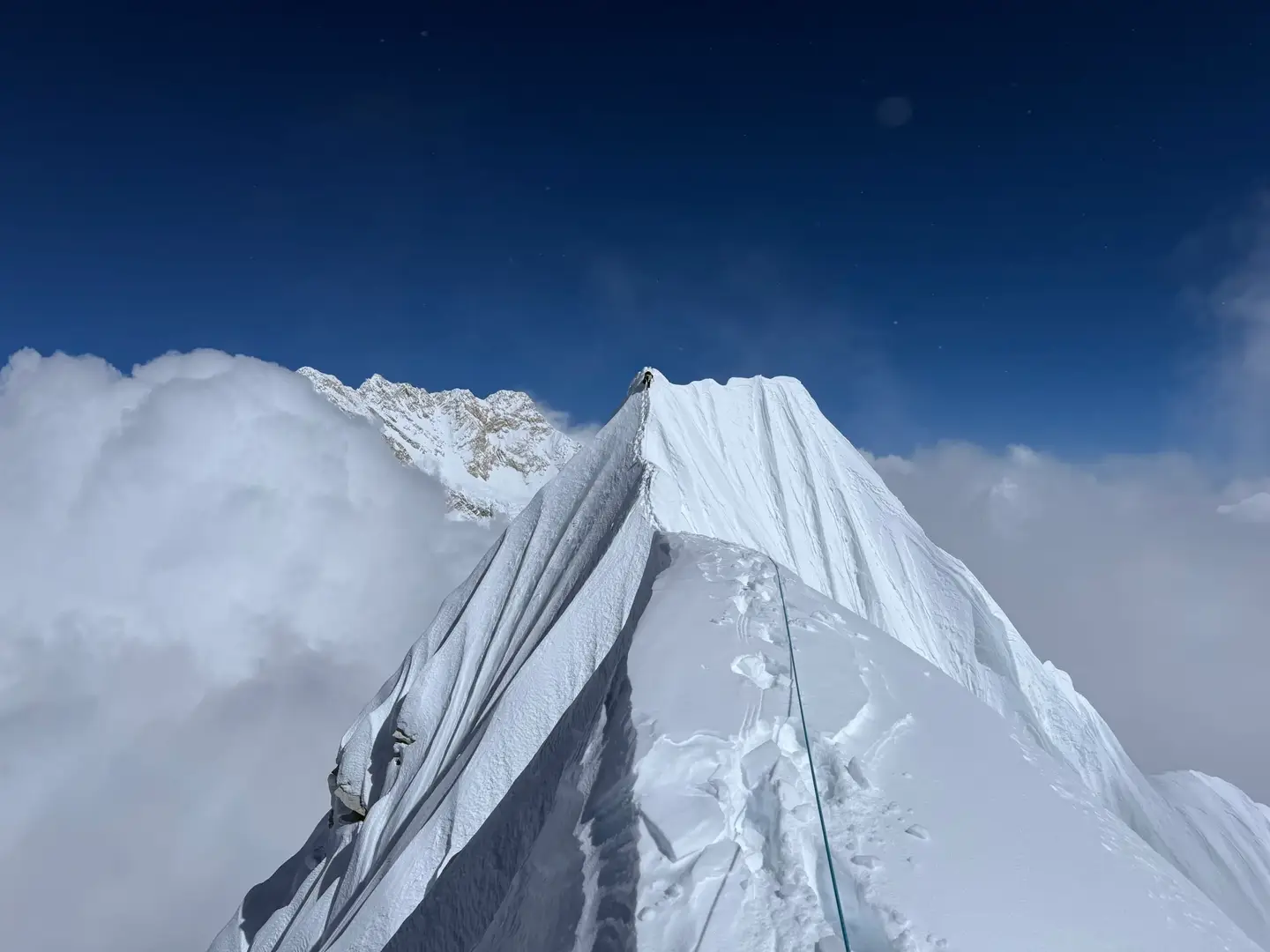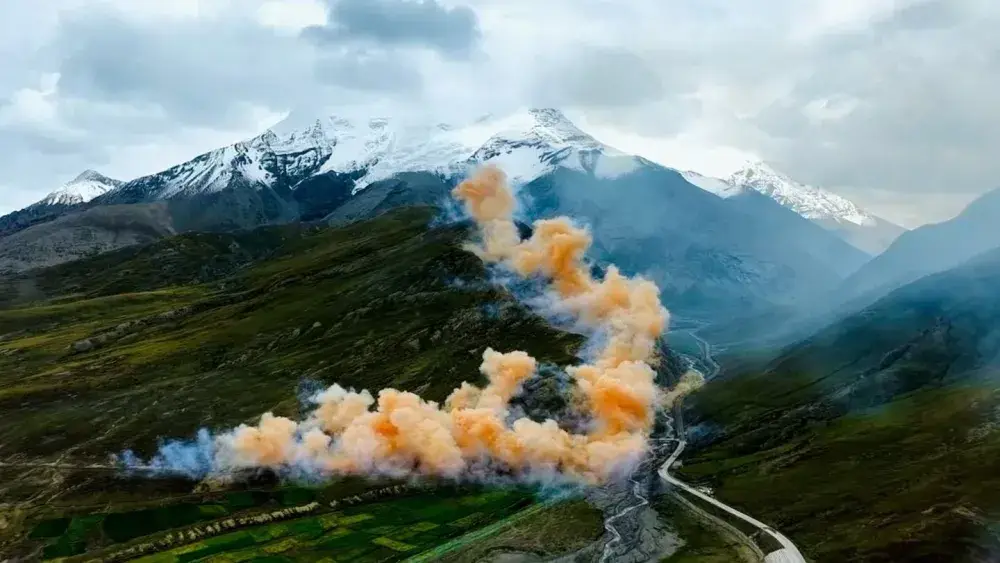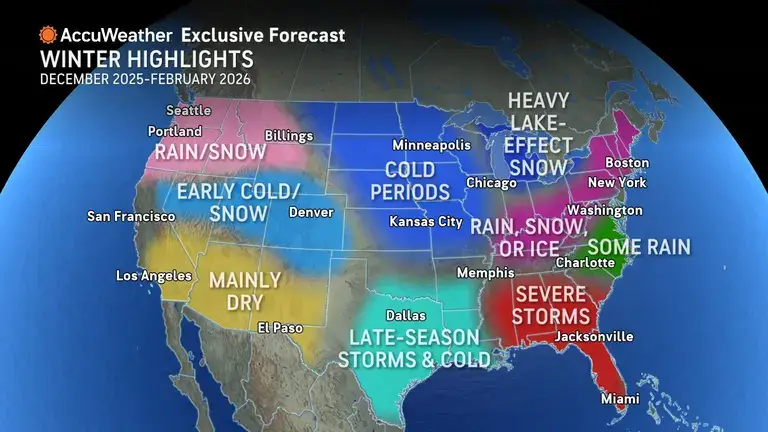

Bookend Winter: AccuWeather Predicts Intense Storms Early and Late in the Season
Popular Stories
The mountains are talking. Right now, the high peaks of the Rockies are seeing their first real blankets of early-season snow, with Wyoming and Montana snagging the biggest accumulation. That initial dusting has us all dreaming about winter, and now, the long-range forecast is here to help us plan those powder-chasing missions.
The AccuWeather Global Weather Center’s long-range outlook is in, and it shows stark contrasts for the 2025–2026 winter.
Lead Long-Range Meteorologist Paul Pastelok predicts a "bookend winter" for the central and eastern U.S.
This means the most significant storm activity will likely hit in December and again in late winter or early spring, with a potential lull in between.
The overall forecast calls for an "intense and stormy winter" in the Midwest and Northeast. Meanwhile, the West faces a challenging season shaped by unusually warm Pacific Ocean waters. Here’s the breakdown of where to expect prime conditions this season, and where to prepare for a warm-weather battle:
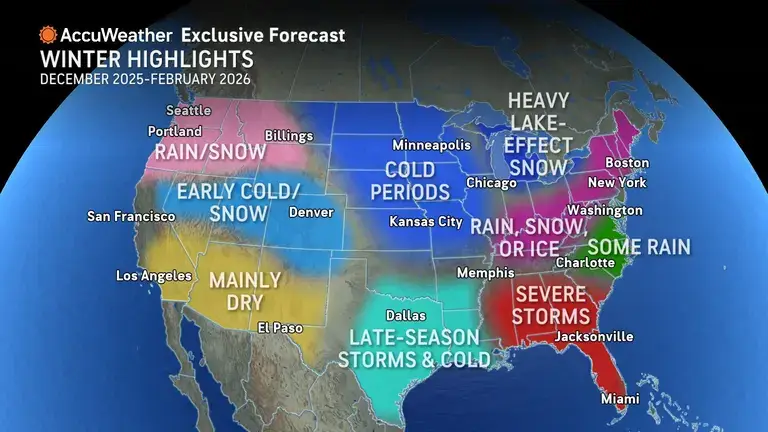
The West: Warm Water Woes and a Northern Lifeline
The forecast for the West Coast and much of the Rockies is heavily influenced by a major marine heat wave in the Northern Pacific. This is bad news for widespread, consistent snowfall.
- California and the Southwest: Forecasts predict a warm, dry pattern that could worsen drought and wildfire risks. Atmospheric rivers will likely be fewer than last season, meaning below-average mountain snowfall for the region. Riders may need to plan trips north or east to find consistent conditions. The best chances for snow here will come during a brief period in January when the storm track dips south.
- The Northern Rockies & Pacific Northwest (WA, OR, ID, MT): There’s a crucial lifeline here. AccuWeather predicts snowy conditions for Washington, Oregon, Idaho, and Montana. December stands out as a prime month for storms to hit the Northwest, Cascades, and Northern Rockies, helping build a solid base early. While the storm track may retreat by February, these northern states offer the best chance in the West for fresh snow and a deep, lasting base.
Central Rockies (UT & CO): The Wildcard Wager
This pivotal zone, including Utah’s Wasatch Range and Colorado’s big-name resorts, sits in a challenging transition area. The warm, dry Western trend keeps this region away from the favored Northern storm track.
- The Forecast: AccuWeather signals this area will likely see near-normal precipitation, with temperatures running slightly above average. This is better than California’s drought forecast but still requires strategic planning.
- The Strategy: Utah and Colorado will face fewer storms overall, putting pressure on those that do arrive to deliver cold, productive conditions. Riders must rely on the "bookend" effect — a solid chance for base-building snow in December, a dry mid-winter, then a potential resurgence of significant snow in late February and March.
- The Takeaway: Patience is key. Be ready to shred big totals late in the season when the storm track shifts south.
Sign Up for the TGR Gravity Check Newsletter Now
The East & Midwest: A Stormy, Cold Start and Finish
The storm track is predicted to be highly active across the central and eastern half of the country, potentially bringing above-average snowfall to key regions.
- Midwest, Great Lakes, & Ohio Valley: This region is a surprise winner in the forecast. AccuWeather predicts a snowy winter across the area, with an especially active December. Blasts of Arctic air will fuel heavy lake-effect snow. Resorts here should enjoy a strong season start and are projected to see above-average snowfall overall.
- Northeast & Mid-Atlantic: An intense stormy winter is expected here. Early storms tracking from Canada could strengthen into nor'easters, providing a solid base-building start to the season. While mid-season may bring a mix of rain and snow, a resurgence of storms in late winter and early spring could provide a crucial late-season boost for resorts. Snowfall is projected to be higher than last winter’s totals, though final numbers may still land below historical averages.
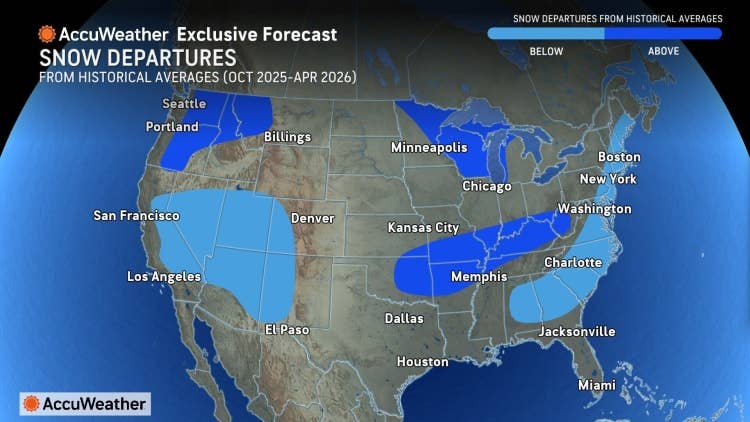
The Arctic Threat: A Brutal Cold Snap Looms
AccuWeather is flagging a high potential for the polar vortex to shift south around late January or early February. This event could unleash the season's most frigid Arctic air across the central and eastern U.S.
While that means brutally cold riding, it also means any precipitation that falls will be snow, not rain. Skiers and riders in the Northeast, Midwest, and Appalachia should be prepared to bundle up and shred through potentially massive cold snaps that lock in snowpack.
The overall message from AccuWeather is one of contrasts: the West will be warm and dry, demanding patience and travel, while the East and Midwest are in for a turbulent, cold, and stormy season. Time to prep your gear and get ready for a wild ride.
